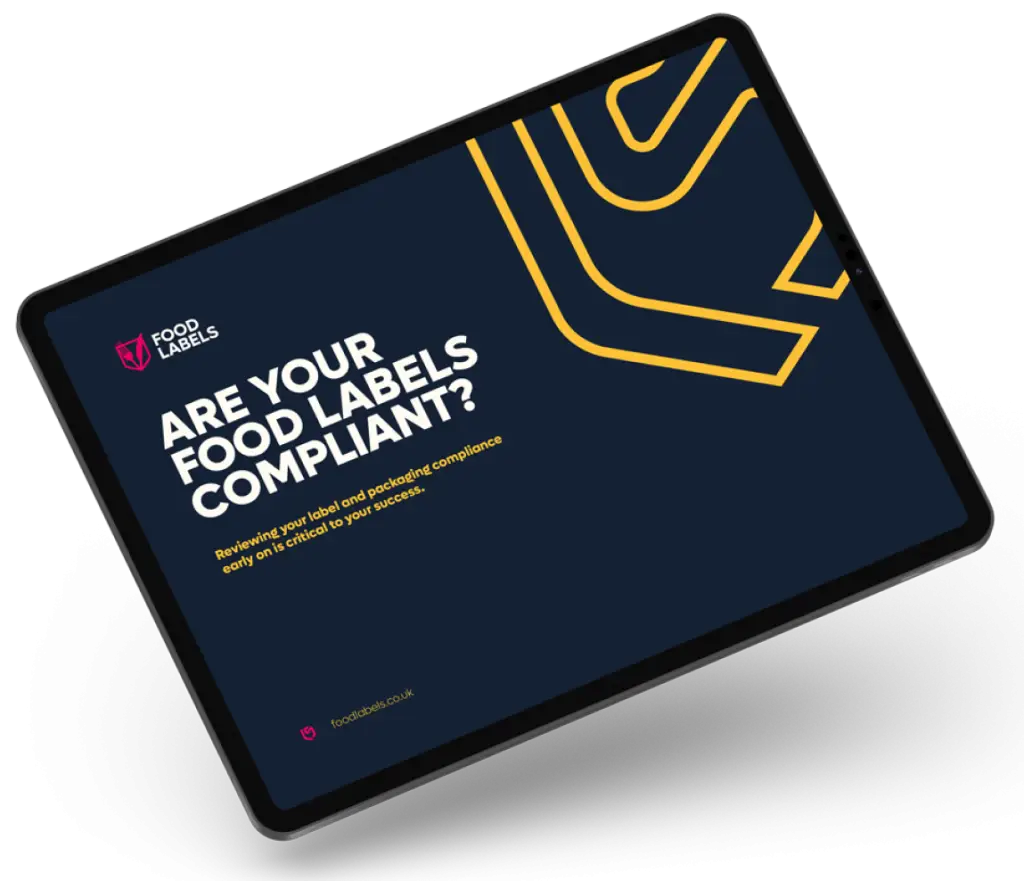Booklet labels serve as an essential component in the pharmaceutical industry, particularly in the labelling of investigational medicinal products (IMPs) used in clinical trials. These labels are designed to provide detailed, multilingual information on the use, dosage, storage, and safety of IMPs, ensuring that patients, investigators, and healthcare professionals can access critical data in a clear and compliant manner. As the landscape of clinical trials continues to evolve, with studies conducted across multiple countries and regions, the importance of standardised, flexible, and comprehensive labelling solutions has never been greater.
The 2012 report on booklet labels for IMPs outlines key considerations in their design and implementation, emphasising the growing need for efficient and legally compliant labelling practices. This report serves as a reference for pharmaceutical companies, regulatory bodies, and clinical trial sponsors seeking to navigate the complexities of labelling in an increasingly globalised environment. It highlights the challenges posed by varying regulatory requirements across different jurisdictions and underscores the necessity of booklet labels in meeting these diverse demands while maintaining accuracy and consistency in product information.
One of the primary advantages of booklet labels is their ability to consolidate extensive information in a single, compact format. Traditional single-panel labels are often insufficient for clinical trial medications, as they cannot accommodate the multiple language translations and detailed instructions required for global studies. Booklet labels address this issue by providing ample space for multilingual content, allowing pharmaceutical companies to produce a single label that complies with regulatory standards in various countries. This not only streamlines the labelling process but also reduces the risk of errors associated with separate labels for different regions.
Regulatory compliance is a critical aspect of booklet labelling for IMPs, as incorrect or incomplete labelling can lead to regulatory delays, clinical trial disruptions, or even patient safety concerns. Regulatory agencies such as the European Medicines Agency (EMA), the U.S. Food and Drug Administration (FDA), and other global health authorities mandate strict guidelines for the content, format, and legibility of IMP labels. Booklet labels must include essential information such as the protocol number, expiration date, batch number, storage conditions, and dosing instructions, all while ensuring readability and durability throughout the trial period.
Despite their advantages, booklet labels also present certain challenges. The complexity of designing, printing, and applying these labels requires specialised expertise and advanced printing technologies to ensure compliance with strict pharmaceutical regulations. The integration of booklet labels into clinical trial supply chains demands meticulous planning, as any discrepancies in labelling can result in costly delays or regulatory non-compliance. Additionally, the physical durability of booklet labels is a concern, as they must withstand transportation, storage, and repeated handling without compromising legibility or adhesion.
Looking toward the future, advancements in digital technology and regulatory harmonisation efforts are expected to further enhance the efficiency of booklet labelling for IMPs. The integration of digital features such as QR codes, electronic patient information leaflets (ePILs), and interactive labelling solutions may provide additional flexibility in updating and accessing IMP information. As regulatory authorities continue to refine their requirements for clinical trial labelling, pharmaceutical companies will need to adopt innovative approaches to ensure compliance while maintaining operational efficiency.
Booklet labels remain an indispensable tool in the clinical trial process, facilitating the safe and effective use of investigational medicinal products across diverse global markets. Their role in improving accessibility, compliance, and logistical efficiency underscores their continued importance in the evolving landscape of pharmaceutical research and development.
The Significance of Booklet Labels in Clinical Trials
Investigational medicinal products require clear, accurate, and legally compliant labelling to ensure patient safety and facilitate adherence to trial protocols. Traditional labels often lack the space needed to accommodate multilingual text, dosage instructions, and regulatory information, making booklet labels an ideal alternative. Booklet labels provide a practical solution by incorporating multiple pages within a single label, allowing for comprehensive information to be included in various languages without compromising readability or packaging aesthetics.
The increasing globalisation of clinical trials necessitates the use of booklet labels. Trials conducted across multiple countries must comply with diverse regulatory requirements, language preferences, and ethical considerations. Booklet labels help sponsors and contract research organisations (CROs) streamline the labelling process while ensuring that essential information is readily available to trial participants and healthcare professionals.
Regulatory Requirements for IMP Booklet Labels
Regulatory authorities, including the European Medicines Agency (EMA), the U.S. Food and Drug Administration (FDA), and other national agencies, have established stringent guidelines for the labelling of IMPs. The 2012 report emphasises the importance of compliance with Good Manufacturing Practices (GMP) and Good Clinical Practices (GCP) when designing booklet labels for clinical trials.
One of the key regulatory requirements for booklet labels is the inclusion of essential information, such as:
The name of the investigational product and active ingredients
Dosage instructions and route of administration
Storage conditions and expiration date
Protocol number and investigator details
Safety warnings and adverse event reporting instructions
Furthermore, booklet labels must be securely affixed to the product packaging to prevent tampering while remaining easily accessible for patients and healthcare providers. Regulatory agencies also require that all information be presented in a clear, legible format to avoid misinterpretation or errors in medication administration.
Advantages of Using Booklet Labels for IMPs
The adoption of booklet labels in clinical trials offers several advantages. First, they provide a practical way to present multilingual information within a single label, eliminating the need for separate country-specific labels. This helps reduce production costs, streamline logistics, and improve operational efficiency in global clinical trials.
Another significant advantage of booklet labels is their ability to accommodate extensive regulatory information without compromising readability. Unlike traditional labels, which have limited space, booklet labels allow for the inclusion of critical details such as detailed instructions for use, warnings, and patient-specific guidelines. This enhances compliance with regulatory requirements and ensures that patients receive comprehensive information about the IMP.
Additionally, booklet labels improve patient safety by reducing the risk of errors associated with unclear or missing information. By consolidating all necessary details within a single label, they enhance the consistency of information provided to trial participants, healthcare providers, and investigators. This is particularly important in blinded clinical trials, where ensuring that the correct information is available without unblinding the study is essential.
Challenges in Implementing Booklet Labels
Despite their advantages, booklet labels present certain challenges that must be addressed to ensure their effective use in clinical trials. One of the primary challenges is the complexity of printing and manufacturing booklet labels. Due to the multilayered design, specialised printing techniques and materials are required to ensure durability, readability, and adherence to regulatory standards. This can increase production costs and lead times.
Another challenge is maintaining compliance with evolving regulatory requirements across different countries. As regulations change, booklet labels may need frequent updates, leading to logistical and operational challenges for sponsors and CROs. Ensuring that all versions of booklet labels remain accurate, up to date, and compliant with regional regulations requires a robust quality control system and ongoing regulatory monitoring.
Additionally, booklet labels must be designed with user-friendliness in mind. While they provide more space for information, improper design can lead to difficulties in accessing or understanding the content. Careful consideration must be given to font size, layout, and language organisation to optimise readability and usability for patients and healthcare providers.
Technological Innovations in Booklet Labeling
Advancements in printing technology and labelling solutions have played a key role in improving the effectiveness of booklet labels. The integration of digital printing techniques allows for greater flexibility in label production, enabling sponsors to update information more efficiently without incurring excessive costs. Digital printing also supports variable data printing, which facilitates the inclusion of unique patient identifiers, batch numbers, and expiration dates on booklet labels.
Furthermore, the incorporation of QR codes and smart labels enhances the accessibility of booklet label information. By scanning a QR code on the label, patients and healthcare providers can access additional resources, including instructional videos, digital patient leaflets, and real-time safety updates. This technology-driven approach not only improves patient engagement but also addresses the challenge of accommodating extensive information within a limited space.
Best Practices for Designing and Implementing Booklet Labels
To maximise the benefits of booklet labels while mitigating challenges, sponsors and CROs should adhere to best practices in label design and implementation. First and foremost, collaboration with regulatory experts and label manufacturers is essential to ensure compliance with current guidelines and industry standards. Early engagement with regulatory authorities can help prevent costly revisions and delays in clinical trial timelines.
The design of booklet labels should prioritise readability and user-friendliness. This includes selecting appropriate font sizes, organising information logically, and using clear language to enhance comprehension. Ensuring that each language section is distinctly separated can further improve usability for multilingual audiences.
Additionally, robust quality control measures must be implemented to maintain label accuracy and integrity. Regular audits, validation processes, and stability testing can help identify potential issues before booklet labels are distributed in clinical trials. Sponsors should also establish a system for tracking regulatory updates and implementing necessary revisions promptly.
The Future of Booklet Labels in Clinical Trials
As clinical trials continue to expand globally, the role of booklet labels will become even more significant. The industry is likely to witness further innovations in label design, including the integration of electronic labels (e-labels) and interactive packaging solutions. These advancements will not only enhance information accessibility but also contribute to improved patient compliance and data collection in clinical research.
Regulatory agencies are also expected to introduce more harmonised guidelines for IMP labelling to streamline requirements across different regions. Greater collaboration between regulatory bodies, pharmaceutical companies, and labelling solution providers will drive the development of standardised booklet label formats that facilitate cross-border clinical trials.
In conclusion, the 2012 report on booklet labels for investigational medicinal products underscores the critical role these labels play in ensuring regulatory compliance, patient safety, and efficient trial management. By addressing challenges through technological advancements and best practices, the pharmaceutical industry can continue to leverage booklet labels as a valuable tool in global clinical research. As the landscape of clinical trials evolves, booklet labels will remain a fundamental component in the delivery of safe, effective, and compliant investigational medicinal products.














